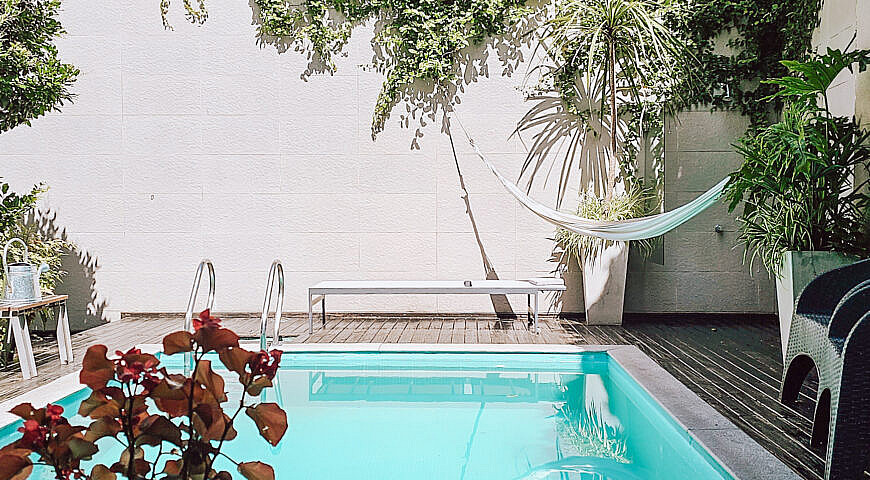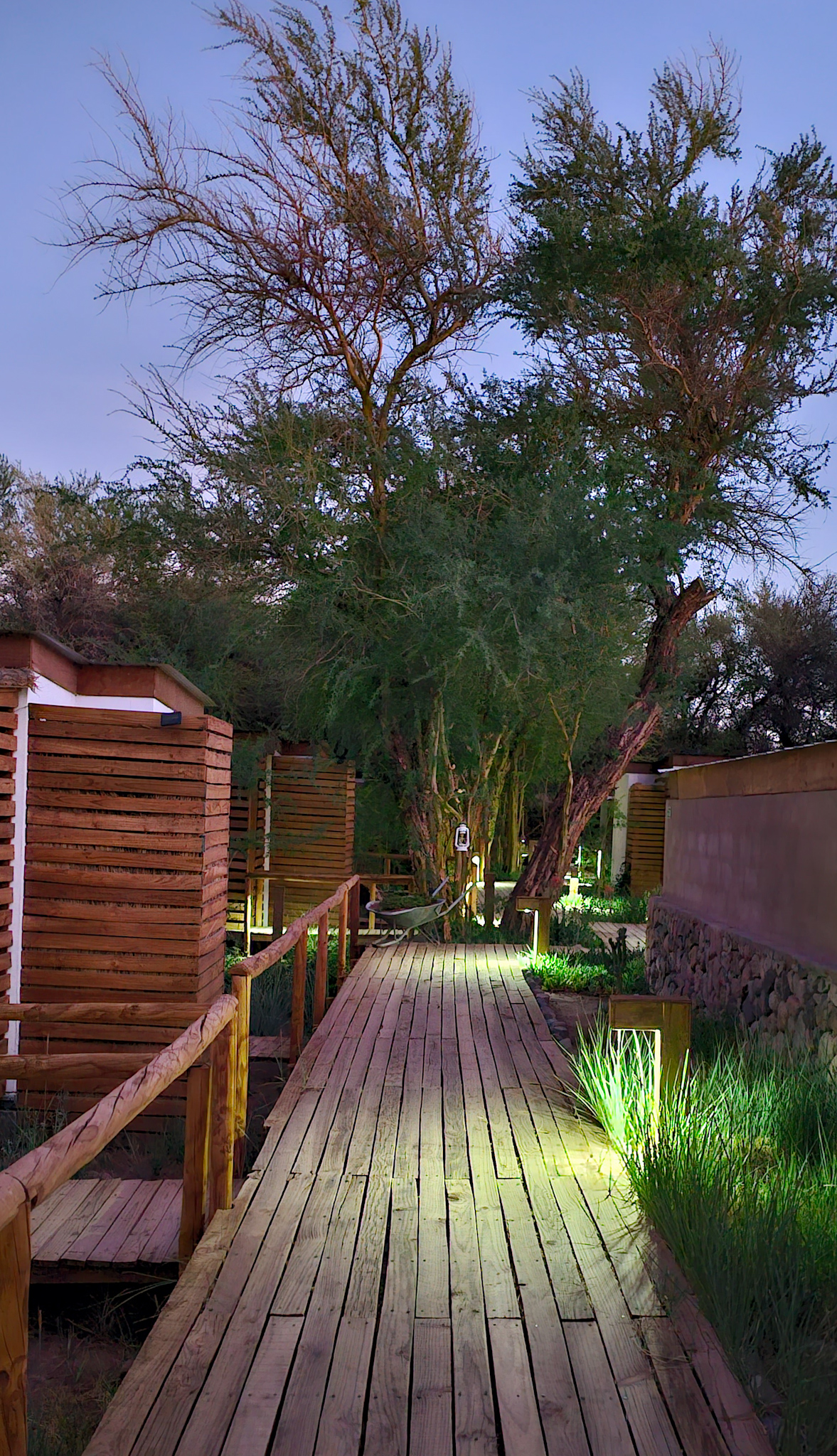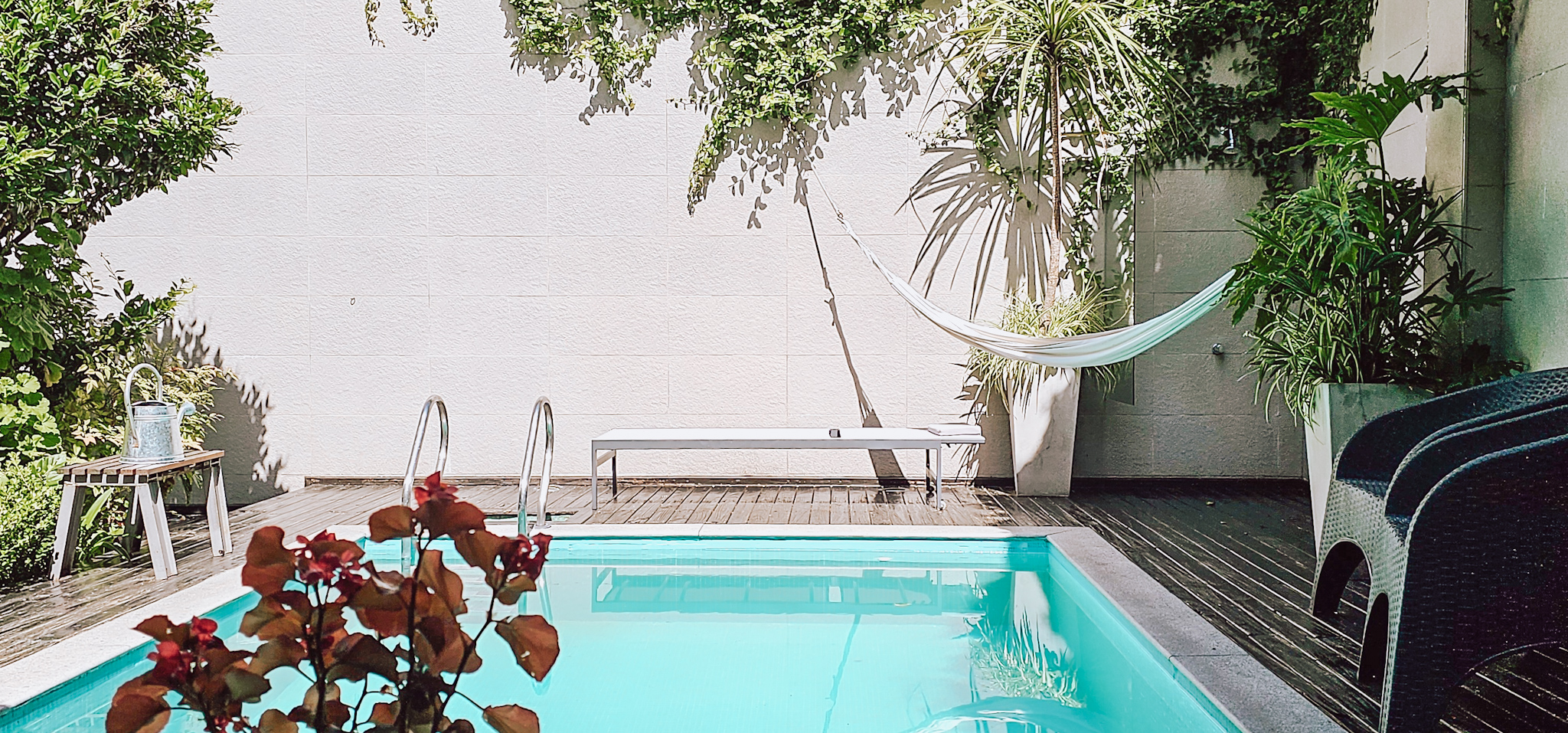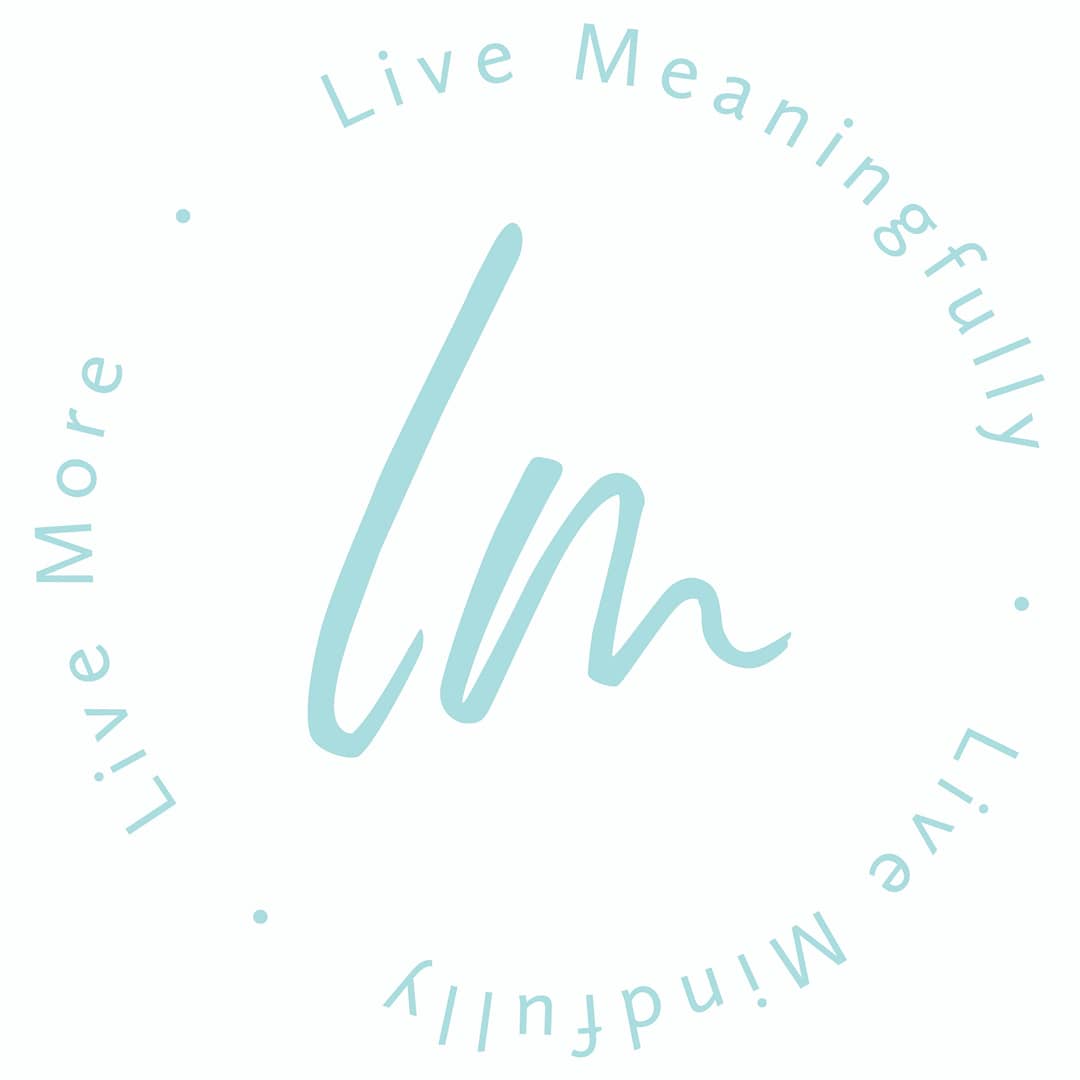
Planning a Successful Retreat
Selling out a retreat requires a mix of strategic planning and targeted marketing. The retreat planning process can be overwhelming for retreat leaders but there are a few key things to focus on which will increase the appeal of your retreat.
In Movement Travel’s experience, both from working with retreat leaders and planning our own Signature Retreats, we have noted consistent trends in guest preferences and the factors which make a retreat successful.
Destination
Choose a Unique Destination – Retreat guests are more likely to select a retreat destination they haven’t been to before and wouldn’t necessarily travel to on their own. This is why retreats closer to home are sometimes harder to fill. We recommend choosing a destination that is unique instead of more common tourist destinations.
Safety – This factor is commonly overlooked especially for remote locations. The majority of retreat guests tend to be women, some of whom will be traveling solo, and they need to feel safe both traveling to and around the retreat venue. It is important to thoroughly research the destination and check government websites for any advisories against travel. The Government of Canada site contains the latest travel guidance and advisories. In addition, you should ensure adequate medical facilities are accessible in the event of a health emergency. This is particularly important if your clients are older.
Ensure Your Destination is Easy to Travel To – An easy to access destination will increase the appeal of your retreat so it’s important to carefully research flight options to your destination and airport transfers to/from the retreat venue. In our experience, guests tend to prefer:
- Direct Flights – Flights should be reasonably priced (not more than the retreat price) and if no direct, non-stop flights are available, you should ensure available flights have a maximum of 1-stopover (with a layover time that is ideally less than 5-hours). Guests don’t want to waste their valuable vacation traveling to and from a destination.
- Reasonable Flight Times – Avoid flights that depart early in the morning or late at night or require spending an extra night in a hotel before or after your retreat as this will increase the total perceived cost.
- Easy to Get to Retreat Venues – If the retreat venue is not close to the airport and/or cannot be easily reached by a taxi or shuttle, we recommend you include round-trip transfers between the airport and retreat venue in your retreat price. In addition, we recommend you include suggested flights in your marketing materials (especially if a majority of your guests will be traveling from the same city) so you can more easily coordinate ground transportation at the destination.
- Minimal Travel Document Requirements – Destinations that require just a passport for entry are more desirable. If additional travel documentation is required, such as entry visas, this may be a deterrent. You can refer to the following Sherpa website, to check travel requirements for a particular destination.
Accommodations
 Unique & Memorable – One of the biggest reasons people choose to go on retreats is a sense of escape. Choosing a retreat venue that is in a unique setting, has great views, and/or a variety of amenities such as a pool, fitness area, spa, and lounging areas, will increase the appeal of your retreat.
Unique & Memorable – One of the biggest reasons people choose to go on retreats is a sense of escape. Choosing a retreat venue that is in a unique setting, has great views, and/or a variety of amenities such as a pool, fitness area, spa, and lounging areas, will increase the appeal of your retreat.
Comfortable – Most people want to be comfortable when they are on holiday. If you are hosting your retreat in a tropical destination, choose accommodations that have air-conditioning and a fan. Other considerations include; stable Wi-Fi, good plumbing such as reliable hot water and toilets that flush properly, netting around beds if there are mosquitos and other insects, and on-site support to assist guests with questions, luggage, or anything else that may come up.
Rooms with Private Bathrooms – Most guests prefer rooms with private bathrooms and will pay extra for this. If private bathrooms are not an option, we recommend no more than 2-people share a single bathroom. Having to share a bathroom with more than one other person will make your retreat less appealing.
Private Accommodations for Solo Travelers – Solo travel is on the rise and private single rooms are now selling out the fastest. Choose a retreat venue that offers single occupancy rooms. If single occupancy rooms are not available, we encourage you to sell your retreat with a “match option” where solo travelers can be matched with another solo traveler of the same sex and share a double occupancy room.
Sharing Rooms – Most clients in their late 20s or older prefer sharing a room and bathroom with no more than one other person. Guests are less likely to book a retreat if they must share a room with 2 or more people. An exception would be guests traveling with friends who may be willing or prefer to share a room with more than one person.
Conduct a Site Visit – Visiting the retreat venue prior to your retreat will ensure there are no surprises and provide the opportunity to take lots of photos for marketing purposes. Potential guests may have questions about the accommodations and will be more comfortable committing if they know the retreat leader has been to, and personally vetted, the property.
Enhanced Offerings
Cultural Experiences – Yoga and other wellness retreats that incorporate cultural experiences such as a cooking class or local artisan tour, tend to be more popular as guests seek to immerse themselves in local culture and have a more transformative experience.
Activities – Travelers obviously join retreats for the primary offering (i.e. yoga), however, a week of just yoga and down time may be less appealing to guests who are more active. Where possible, to cater to a wider range of interests, we encourage retreat leaders to consider including some optional group or individual activities for an additional cost. These activities may include activities such as fitness classes, surf lessons, guided hikes, or local healing ceremonies. We have seen several yoga instructors successfully partner with personal trainers, and other group fitness instructors who can offer additional types of classes on their retreat.
Retreat Duration
Longer – Retreats lasting 7-days or more may attract guests who are older and semi-retired /retired as they have more free time. We have retreat leader clients who have organized very successful retreats that lasted up to 3 weeks. Longer retreats will be more appealing if the destination is far from home. As a general rule, the farther away your retreat is, the longer it should be so guests feel like they’ve spent adequate time at a destination after factoring in travel time.
Shorter – Retreats lasting 7-days or less tend to be more popular with younger guests who are working full-time, and have a fixed amount of vacation time and guests who have families and are looking for a quick getaway. A shorter duration is best for locations that are closer to home.
Retreat Pricing & Marketing
Photos Photos & More Photos – The accommodations for your retreat will be one of the biggest factors that influences whether a guest will join a retreat. Always include a website link to the retreat venue and post as many photos of the rooms, practice space, views, and shared areas, in your marketing materials and social as possible, to attract potential guests. Guests who can’t picture where they will sleep and spend time are less likely to commit. If you don’t have high quality photos, most hotels are willing to provide these to you for your marketing.
Pricing – Where possible, try to offer a few different price/accommodation options that will appeal to a wider audience. Lower, more budget-friendly prices don’t necessarily attract more people. Since the pandemic, more and more travelers are willing to pay for experiential travel experiences. Some of our most popular retreats are more expensive but include more luxurious accommodations and additional experiences/activities in the retreat price.
Make it Easy – The less work a potential guest has to do to book a retreat, the more likely they are to commit. Include a registration page with your advertisement and a Q&A section that provides other useful info such as suggested flights, directions to the retreat venue, and any other helpful tips.
There is no fool-proof formula for planning a retreat and there are many other components to consider but following the above guidelines will be a good start to planning a successful retreat.
If you are a retreat leader residing in Ontario, make sure you are organizing your retreat in line with the TICO regulations for Special Interest Travel. For any questions, contact Movement Travel at [email protected].
Lisa Gordon
Co-Founder, Movement Travel

